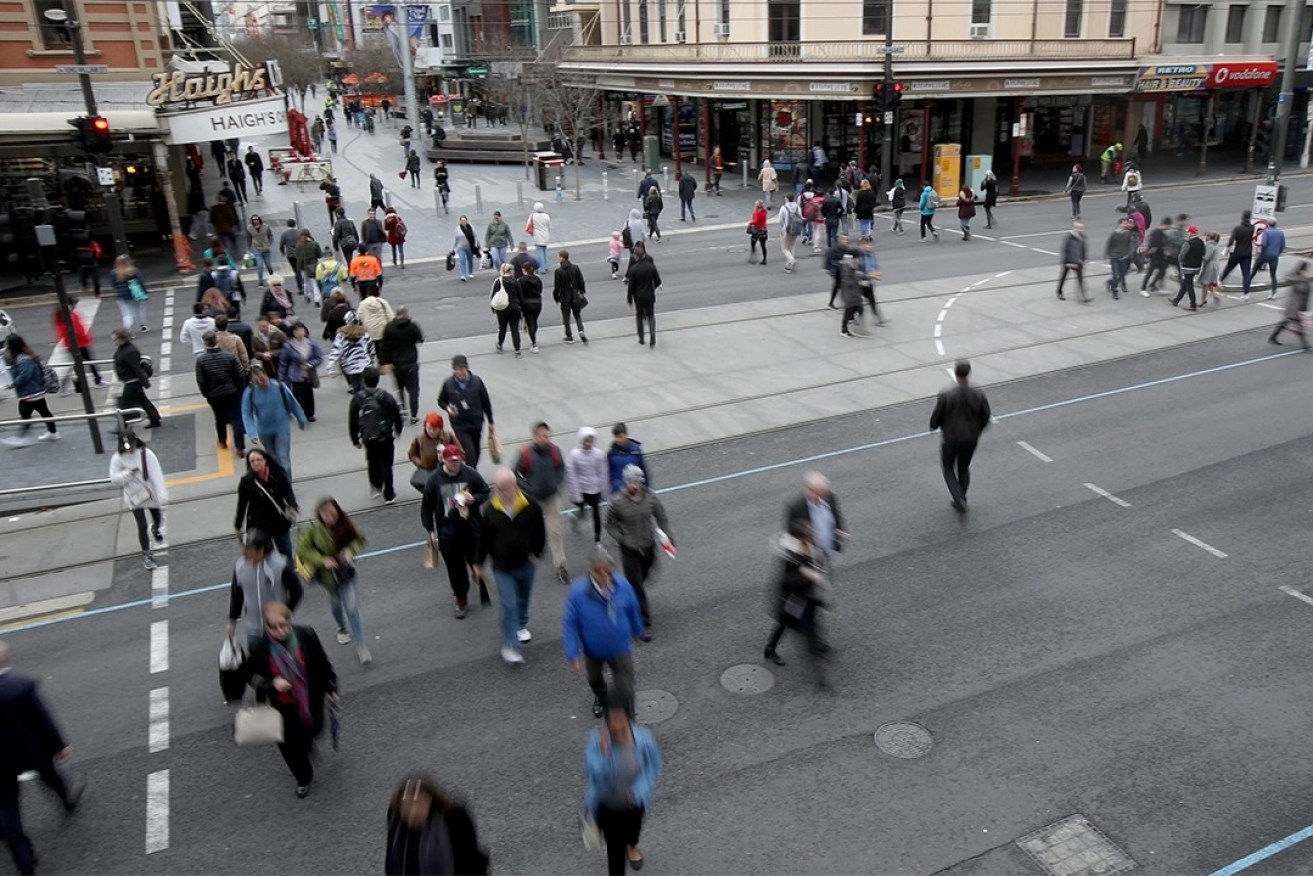SA unemployment rate no longer nation’s lowest
South Australia’s jobless rate rose in March on a seasonally adjusted basis, after falling in February to the lowest in the country.


Photo: Kelly Barnes/AAP
The rate of unemployment in South Australia was 3.9 per cent in March on a seasonally adjusted basis, up 0.6 points from February when the state claimed the lowest rate nationally.
The Australian Capital Territory recorded a major 1.2 point fall in its unemployment rate to drop to 2.9 per cent, claiming the crown for the lowest rate in Australia of any state or territory in March.
It was followed by Western Australia which recorded a rate of 3.4 per cent, while New South Wales, Tasmania and the Northern Territory pipped SA at the post by each landing on 3.8 per cent. That’s equivalent to the national unemployment rate which is 3.8 per cent in March on a seasonally adjusted basis.
Victoria and Queensland both have the highest rate of unemployment in the nation at 4.1 per cent.
On a seasonally adjusted basis, South Australia had the third highest rate of underemployment of all states and territories at 7.1 per cent – with Victoria (7.2 per cent) and Tasmania (7.3 per cent) the only states to record higher rates.
For South Australia, this was an improvement on February by 0.2 points.
Australian Bureau of Statistics head of labour statistics Bjorn Jarvis said there were 21,000 more people unemployed in March than in February.
“With employment falling by around 7,000 people and the number of unemployed rising by 21,000 people, the unemployment rate rose to 3.8 per cent,” he said.
“The labour market remained relatively tight in March, with an employment-to-population ratio and participation rate still close to their record highs in November 2023.
“While they have both fallen by 0.4 percentage points since then, they continue to be much higher than their pre-pandemic levels.”
The ABS said the flows into employment during March had returned to a “more usual pattern” following smaller-than-usual flows in December and January and a larger-than-usual flow in February.
Seasonally adjusted monthly hours worked rose by 0.9 per cent.
“The recovery in growth in hours worked over the last two months has seen the annual growth rate rise to 1.7 per cent,” added Jarvis.
“This was still weaker than the annual growth rate in employment of 2.4 per cent, but that partly reflects the very high level of hours worked a year ago.”




